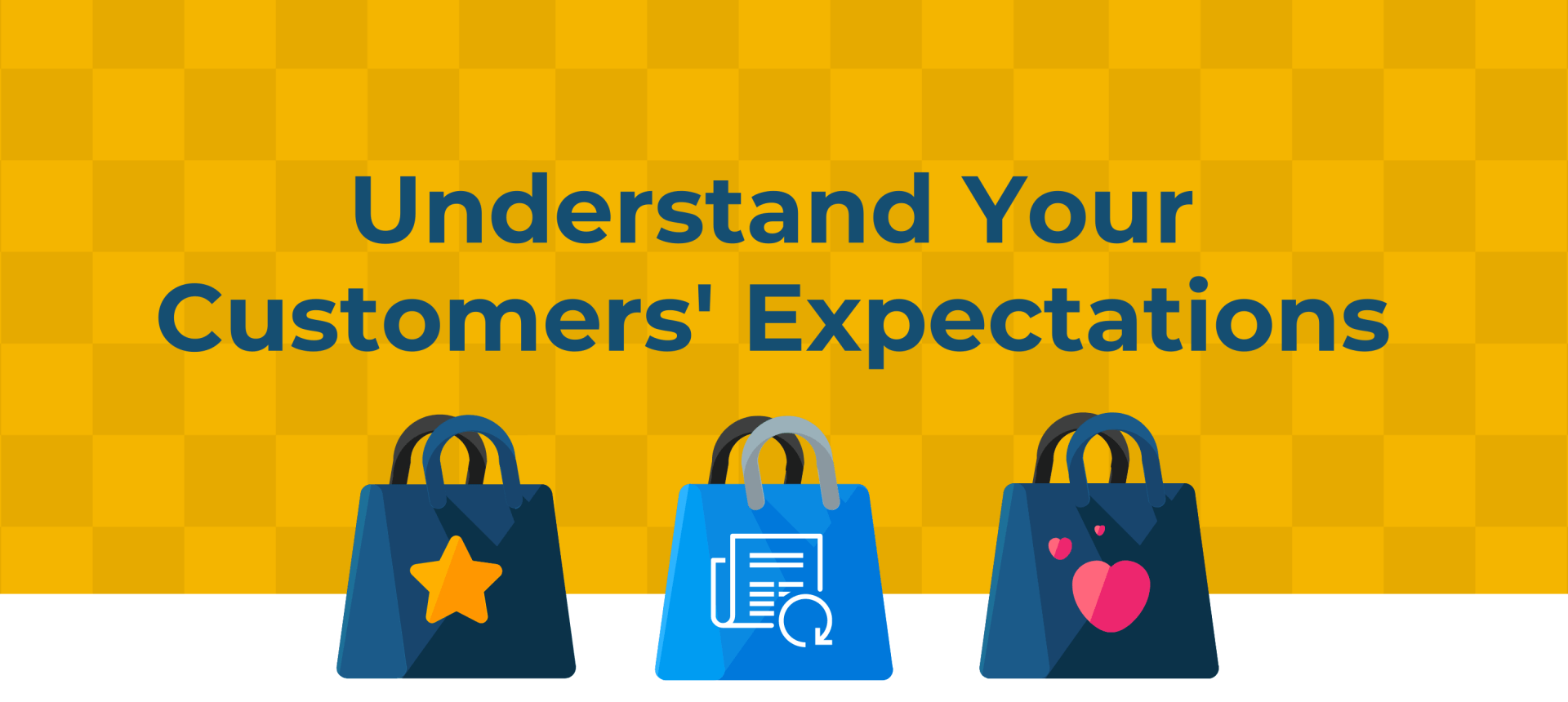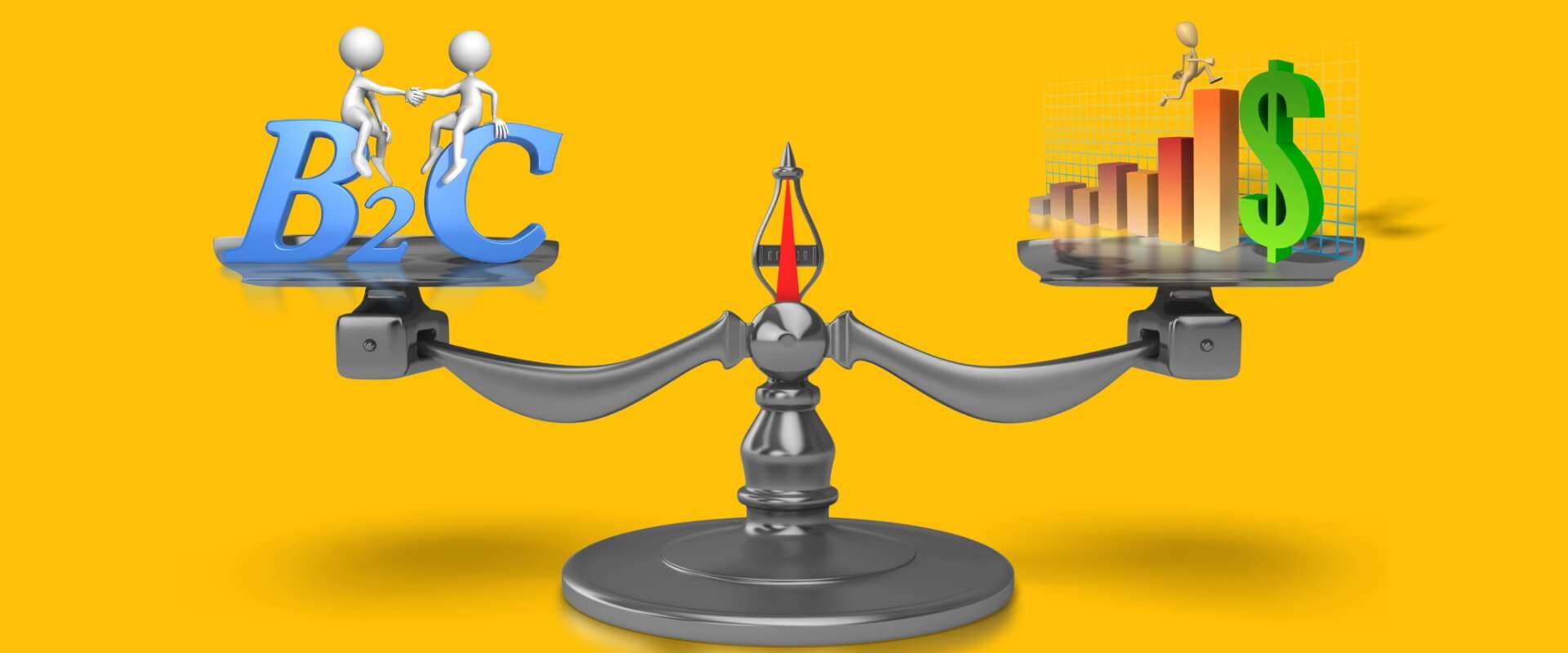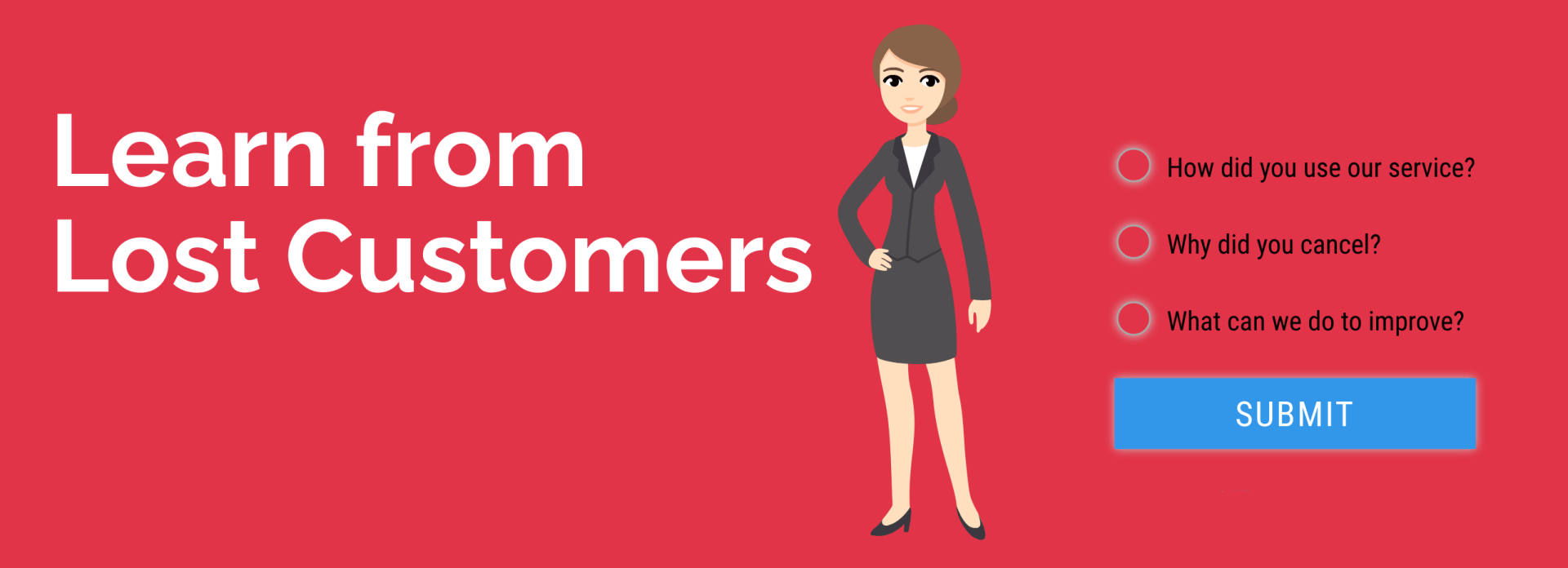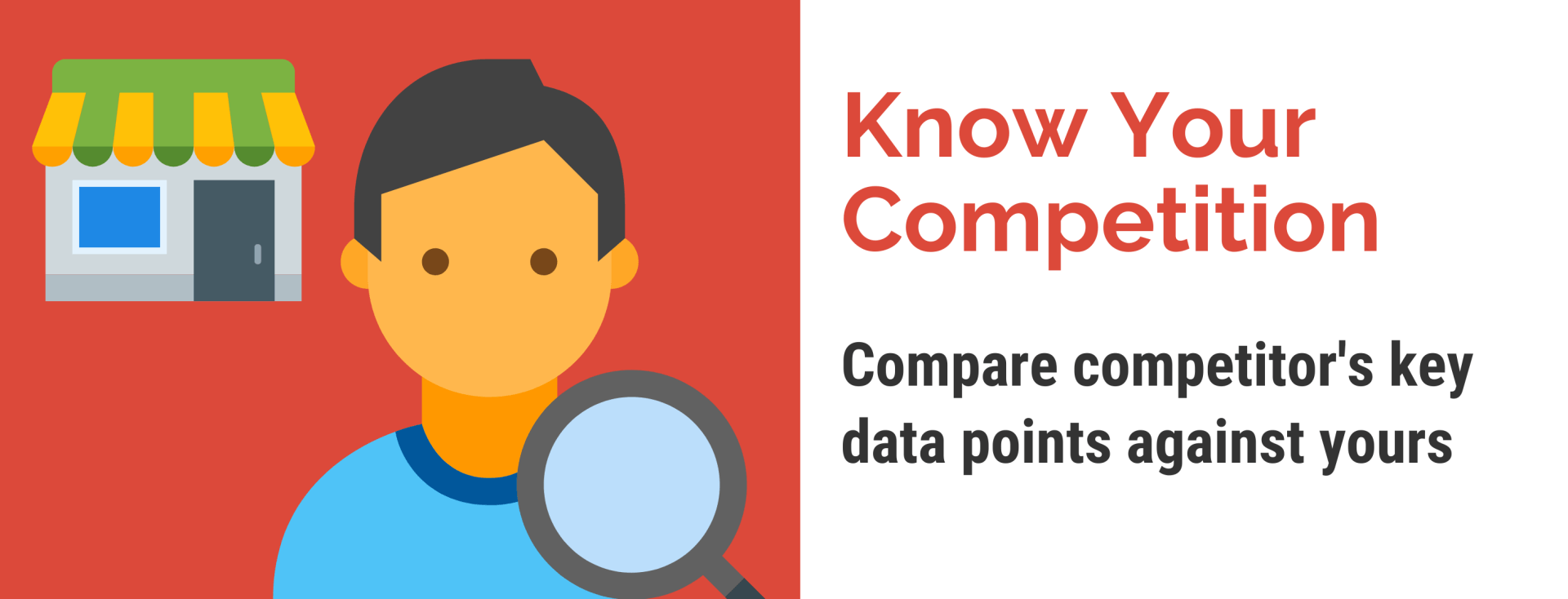Successful brands know it is crucial to align their business strategy with customers’ needs and expectations.

A well-defined brand strategy encompasses every aspect of a business presented to the public as a recognizable depiction of the company.
The most essential elements of building a brand that inspire long-term customer loyalty include:
• Maintaining a distinctive visual presence
• Communicating your ideals, mission, and offerings transparently
• Clearly differentiating your brand from competitors
The most valuable brand-building purpose is to align with customers’ needs and expectations. Trends change and consumers’ mindsets evolve.
So, businesses must re-examine their values and mission to ensure that they remain in alignment. How?
1. Understand Your Customers’ Expectations
By knowing what your customers want and why, you can use this information to find them, tailor your offerings to their needs, and develop a trusting, long-term relationship.
It is vital to get insights into how your customers perceive your brand to create better user experiences, products, and services based on their evolving perceptions and needs.
By studying and analyzing how users interact with your brand, companies can differentiate themselves from competitors, nurture relationships, and cultivate customer loyalty.

In addition to studying demographics, brands should analyze what motivates customers to make purchases.
Companies can analyze what their customers want using feedback forms and surveys. For a deeper dive into your customers, you can leverage data science to better understand users’ behaviors.
2. Use Data-Driven Analytics to Improve the End-User Experience

Brands wishing to remain competitive should make use of available tools to obtain valuable insights about their customers.
The field of data science provides more in-depth insights into the information companies collect about their customers’ buying behavior.
These insights can be used to optimize your website and marketing strategies to increase average order size (AOV), repeat purchases, and profitability.
Fortunately, these actionable insights also improve the user experience for the shopper. An excellent example of this is when Amazon suggests additional relevant and complementary products.
The bad news is there is a shortage of qualified data analysts. Because of this, according to Glassdoor, the average pay for a data scientist is $113,309 per year.
Larger organizations often have an entire department dedicated to digital marketing and data collection. Smaller brands usually do not have the same resources available to them.
However, a current or new employee could acquire the necessary skillsets by enrolling in data science classes or even a remote data science bootcamp.
Learning how to use statistical methods to analyze data sets, run tests, and utilize cutting-edge data science applications enables brands of all sizes to tailor user experiences to specific audiences’ needs.
The use of data has become so prevalent because of its value in improving both the customer experience and the company’s bottom line.
3. Keep Up with Changes in Customer Brand Expectations Over Time
As times change and technology advances, so do customers’ priorities, needs, and wants. For example, it was not that long ago that the only way to contact a company’s support staff was to pick up the phone and call customer service.
Today, customers can reach brands’ support team in numerous ways, including online chat, SMS, social media, chatbots, and email.

Another example is how brands have reacted to the pandemic. Because of global shutdowns and increasing unemployment, many companies have altered their offerings to help their customers in need.
From moving online, offering discounts, and extending features of free plans, businesses are re-aligning their offerings with their customers’ needs.
Analyze recent product reviews to gain valuable insights into how customers perceive your brand.
Study real-time social media interactions and engagements to track how customer perceptions change over time.
4. Find the Right Balance Between Customer Relationships and Revenue
While satisfying your customers and meeting their expectations is a key to success, the fact remains that your business must continue to make a profit.

The onus is on each company to manage all aspects of customer service while keeping a close eye on how much revenue is generated and collected.
Businesses need to receive payment on a timely basis. And customers expect accurate invoices. They are easily annoyed when they receive bills with errors on them.
Communicate your invoicing process clearly to customers so that they know when to expect your bill.
Simultaneously, knowing when invoices will be paid gives brands an idea of what their cash flow will be at any given time.
Brands need to use a solution that provides customized, professional, and accurate invoices that can be accessed from any device a customer is using.
That solution needs to provide a visual dashboard showing overdue invoices. What is your process when dealing with customers who do not pay their invoices on time?
Create a written process for your staff to follow. A typical strategy would be to send a friendly reminder in case they forgot to pay.
Have a set amount of time to wait for payment. Then pick up the phone and give them a call. Personal interactions help maintain positive relationships with your customers.
There could be a legitimate reason a customer does not pay a bill on time. Perhaps they thought they paid it, or the invoice was lost.
Or, they could be suffering from financial hardship, especially in these trying times. If possible, work out a payment plan that is agreeable to your customer and works for your business.
Avoid telling them when you expect them to pay because you want an honest answer. A better strategy is to ask them when they believe they will be able to send payment.
5. Segment Your Customer Base
Customers today are more informed than ever before and are in control of their purchasing decisions. They can research offerings easily, compare companies, and search for the best prices.
Using big data and analytics, brands should segment their customers according to what they do at each step of the buying journey.
Customer segmentation is the process of putting customers into groups based on common characteristics, such as age, sex, and annual income.

This can also include the customer’s preferred channel and what devices they use. Rather than passively reacting to customers’ behaviors, businesses should be proactive by using and analyzing the data they collect.
Brands will have the insights and knowledge necessary to anticipate their customers’ next moves and shape their purchasing path.
6. Learn from Lost Customers
Maintaining a strong base of satisfied customers is central to business growth. Satisfied customers will usually become repeat customers and often refer others to your business.
However, the simple fact is that all businesses will experience some level of churn. There are two ways brands can benefit from lost customers.
The first is to try to win them back proactively. The second approach is to learn the reasons behind a customer’s decision to leave your company and use it to your advantage.
Past consumers have already demonstrated that they needed your product or service at some point.
By studying their purchase history, brands can gain insights into how to adjust offerings for their current customers.
Send out surveys to lost customers that ask how they used your product or service before cancelling and why they cancelled.

Observe and document how they respond to your offers that try to win them back. Some lost customers might respond positively to your win-back offer.
However, even if they do not, their responses to your survey will enable your brand to make changes to retain existing customers.
7. Know Your Competition
Understanding how your company is performing against the competition is vital information. Start by identifying which key metrics are most important for your success.

Compare competitors’ key data points against yours. Identify deficiencies and develop actionable plans to improve where necessary to drive more business than the competition.
Successful brands know that customers expect and demand companies to meet their needs. By understanding your customers’ changing expectations, using data-driven analytics, balancing relationships and the need for revenue, knowing the competition, and learning from lost customers, your company will be aligning your brand with your customers’ needs.



